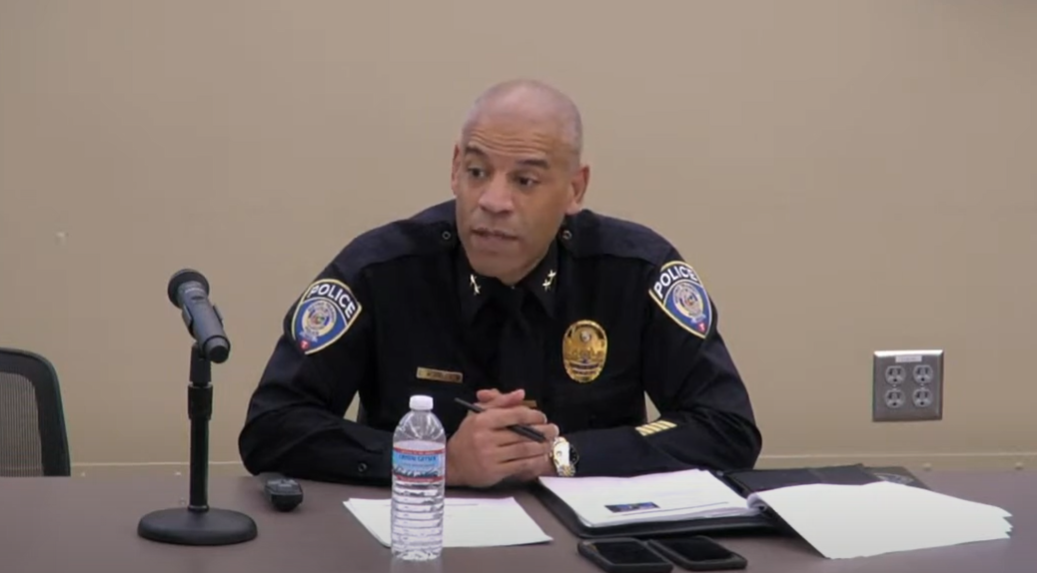Metro Transit Aims to Bolster Security at Brooklyn Center Transit Center
Metro Transit is aiming to bolster its security and safety at several transit stops including the Brooklyn Center Transit Center.
“We have identified six locations that have been historically our problematic locations — and those are Lake Street Midtown, Franklin Avenue, Chicago-Lake, Uptown, Brooklyn Center Transit Center (BCTC) and Central Station Vertical Circulation Building,” said Ernest Morales III, the newly-minted Metro Transit Police Chief, at the May 3 Metropolitan Council meeting.
With the Metro Transit Police Department down 61 officers, the department is looking for private security to provide assistance.
“We’ve recently contracted with a security company, and we hope to have that roll out in earliest of June, next month. And we’ll slowly implement that out into these problematic areas,” Morales said.
Last summer, a large disturbance following a verbal altercation temporarily closed the transit center.
Meanwhile, in late March, Brooklyn Center police arrested a man at the transit station after he fired multiple gunshots, striking a vehicle.

Ernest Morales III, Chief of the Metro Transit Police Department, says private security may assist police at the Brooklyn Center Transit Center.
Security and Safety Issues with Transit
Morales noted issues impacting the transit lines.
“We have become an unofficial homeless shelter,” he said. “We have a soft security posture due to our more open system, due to the fact that we are flooded by chemically dependent individuals.”
Following resident feedback, Metro Transit has partnered with organizations such as A Mother’s Love to connect individuals at BCTC with social services, he said.
Metro Transit also hosted outreach events at locations like the Mall of America, he said.
“There is room for much improvement,” Morales said. “We will never criminalize homelessness or individuals suffering from chemical dependency. However, we will enforce the Metro Transit code of conduct by strengthening our security posture and getting back to the basics.”
Lesley Kandaras, Metro Transit interim general manager, said that the organization is moving quickly to try to address safety issues.
“We’re facing two sets of challenges: the first set of challenges are those conditions on the system, the behavior that’s leading our customers and our employees to feel unsafe — the smoking, the drinking, the other violations of the code of conduct,” she said. “The second challenge we have is really communicating and building trust of our employees, our customers, our communities, that we are on this, that we are taking action and we’re doing so with urgency.”


